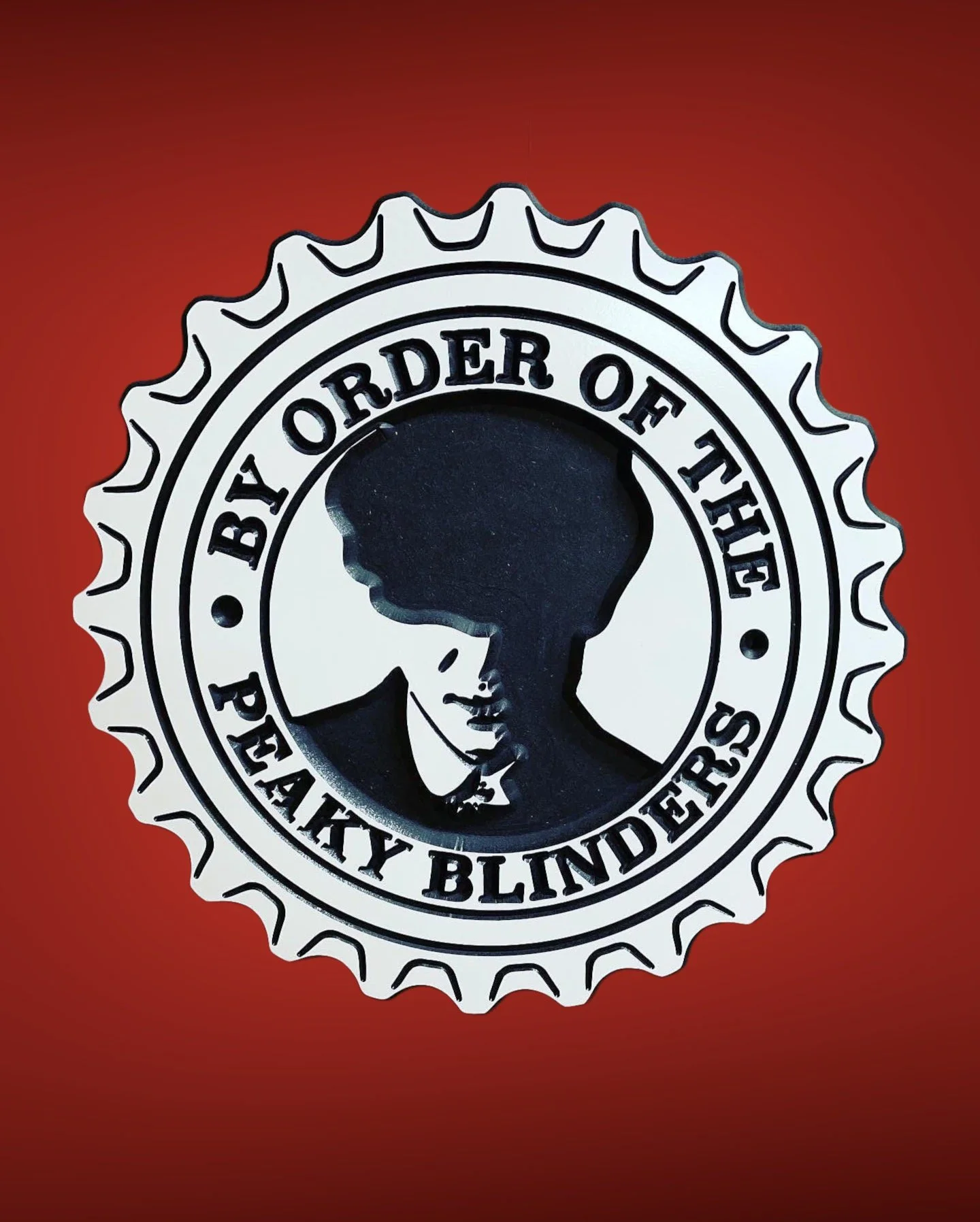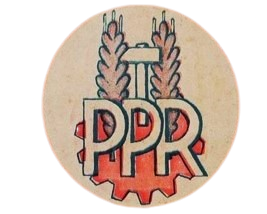This criteria lists the specific goals and expectations for the speech. Please review each level to help you complete the evaluation.
Clarity. Spoken language is clear and is easily understood.
5 – Is an exemplary public speaker who is always understood
4 – Excels at communicating using the spoken word
3 – Spoken language is clear and is easily understood
2 – Spoken language is somewhat unclear or challenging to understand
1 – Spoken language is unclear or not easily understood
Vocal Variety. Uses tone, speed, and volume as tools.
5 – Uses the tools of tone, speed, and volume to perfection
4 – Excels at using tone, speed, and volume as tools
3 – Uses tone, speed, and volume as tools
2 – Use of tone, speed, and volume requires further practice
1 – Ineffective use of tone, speed, and volume
Eye Contact. Effectively uses eye contact to engage audience.
5 – Uses eye contact to convey emotion and elicit response
4 – Uses eye contact to gauge audience reaction and response
3 – Effectively uses eye contact to engage audience
2 – Eye contact with audience needs improvement
1 – Makes little or no eye contact with audience
Gestures. Uses physical gestures effectively.
5 – Fully integrates physical gestures with content to deliver an exemplary speech
4 – Uses physical gestures as a tool to enhance speech
3 – Uses physical gestures effectively
2 – Uses somewhat distracting or limited gestures
1 – Uses very distracting gestures or no gestures Audience
Awareness. Demonstrates awareness of audience engagement and needs.
5 – Engages audience completely and anticipates audience needs
4 – Is fully aware of audience engagement/needs and responds effectively
3 – Demonstrates awareness of audience engagement and needs
2 – Audience engagement or awareness of audience requires further practice
1 – Makes little or no attempt to engage audience or meet audience needs
Comfort Level. Appears comfortable with the audience.
5 – Appears completely self-assured with the audience
4 – Appears fully at ease with the audience
3 – Appears comfortable with the audience
2 – Appears uncomfortable with the audience
1 – Appears highly uncomfortable with the audience
Interest. Engages audience with interesting, well-constructed content.
5 – Fully engages audience with exemplary, well constructed content
4 – Engages audience with highly compelling, well constructed content
3 – Engages audience with interesting, well constructed content
2 – Content is interesting but not well-constructed or is well-constructed but not interesting
1 – Content is neither interesting nor well-constructed
Topic. Shares some aspect of his or her leadership style and the impact of that style on self or others.
5 – Delivers an exemplary speech about the topic and its impact
4 – Delivers an excellent speech about the topic and its impact
3 – Shares some aspect of the topic and its impact
2 – Mentions some aspect of the topic and its impact, but does not fully address
1 – Delivers a speech on a topic other than some aspect of the topic proposed



























